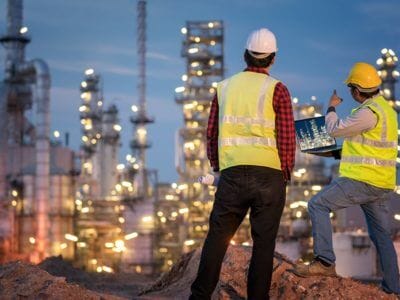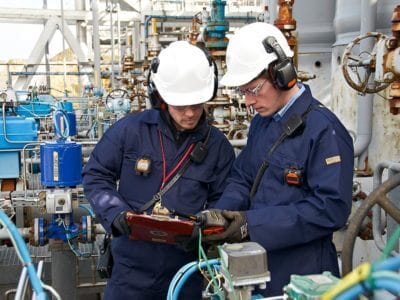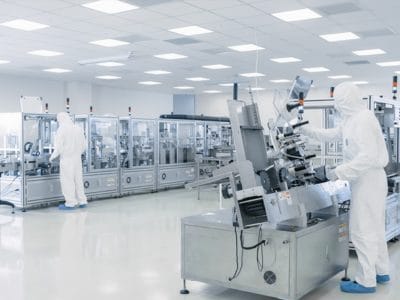
Dangerous Gases Within our Healthcare Facilities
It is vital that VOC concentrations are properly monitored throughout laboratories
Doctors, nurses as well as all the other healthcare workers and patients may be exposed to a wide range of chemicals emitted from various sources such as disinfectants and sterilitants (ethylene oxide, glutaraldehyde, formaldehyde, alcohols), anesthetic gases, (isoflurane and sevoflurane) laboratory or pharmaceutical products, some of which have been shown to cause allergic reactions such as conjunctivitis, rhinitis or contact dermatitis and even occupational asthma.
Detecting Volatile Organic Compounds In Laboratories
While the demand for hand sanitiser and other disinfecting products is currently on the rise, it is vital that both ethanol and isopropyl alcohol concentrations are properly monitored throughout laboratories.
Even though a laboratory may on the surface be clinically sterile, it could still be contaminated by VOCs coming from either sources within the laboratory, neighbouring rooms or even the surrounding area. There are many different VOCs that can be found in a laboratory, including ethanol and isopropanol alcohol.
Ethanol Concentrations Monitored In Laboratories
Ethanol, also called alcohol, is a clear, colourless liquid that is used as a principle ingredient in alcoholic beverages, such as beer and wine. Ethanol is a natural byproduct of plant fermentation and can be produced through the hydration of ethylene.
Because ethanol can dissolve in water and other organic compounds, it is an ingredient in a range of products, including personal care products, beauty products, household products, food additives, and fuel. Ethanol is effective in killing micro-organisms like bacteria, fungi, and viruses. Therefore, it is a common ingredient in many hand sanitisers.
Isopropyl Alcohol Concentrations Monitored In Laboratories
Isopropyl alcohol has numerous household uses, including antibacterial first aid cleanser and disinfectant applications. Industrial markets use the compound for solvents and fuel additives, while medical uses include DNA extraction, as a specimen preservative, and as a solvent. Certain care products, like hand sanitiser, contain rubbing alcohol as a primary ingredient.
Although typically non-toxic and quick evaporating, overexposure to isopropyl alcohol can cause a variety of health concerns, whether by direct skin contact or inhalation, including dizziness, nausea, and skin irritation.
Download our FREE Guide
“Detecting Volatile Organic Compounds In Laboratories”
The detecting volatile organic compounds in laboratories guide which can be downloaded below provides the reader with an in-depth balance of knowledge regarding potential dangerous VOCs that are present within are healthcare facilities. While the demand for hand sanitiser and other disinfecting products is currently on the rise, it is vital that both ethanol and isopropyl alcohol concentrations are properly monitored throughout laboratories.

Related Guides
Gas Detection Equipment For Detecting Volatile Organic Compounds Within Our Healthcare Facilities
Download your FREE Guide
Simply complete the form below to obtain your FREE Guide on “Detecting Volatile Organic Compounds In Laboratories”.

















 United Kingdom
United Kingdom






